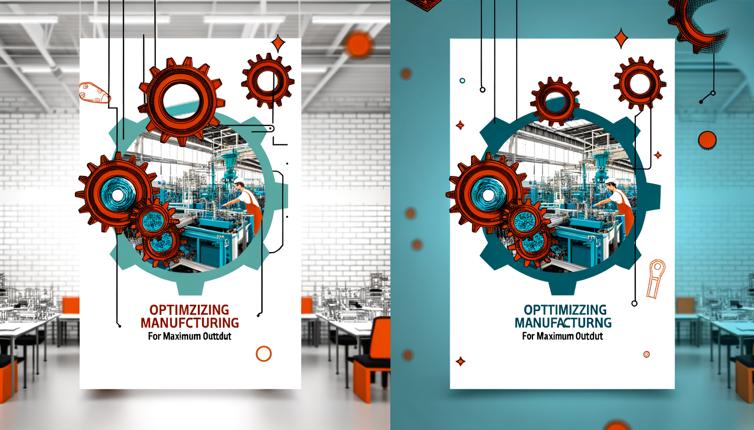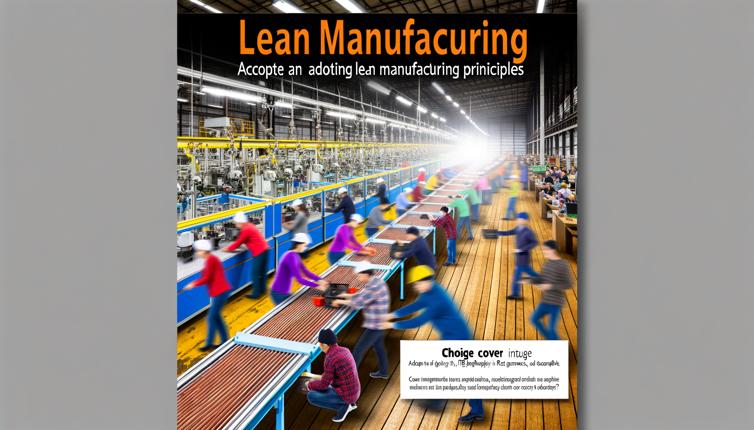Streamlining Workflow
One of the key aspects of optimizing manufacturing processes is streamlining workflow. This involves organizing tasks and activities in a logical sequence to minimize waste and maximize efficiency. By identifying bottlenecks and eliminating unnecessary steps, companies can achieve smoother operations and faster turnaround times.,Implementing lean manufacturing principles can be highly beneficial in streamlining workflow. This approach focuses on minimizing waste and continuously improving processes through constant evaluation and refinement. Techniques such as value stream mapping and 5S methodology can help identify non-value-added activities and eliminate them from the workflow.
Utilizing Technology
Another crucial factor in optimizing manufacturing processes is the effective use of technology. By leveraging advanced tools and equipment, companies can automate repetitive tasks, reduce errors, and increase productivity. Industrial robots, for example, can perform complex and labor-intensive tasks with precision and speed, freeing up human workers to focus on more value-added activities.,Additionally, implementing a robust manufacturing execution system (MES) can provide real-time data and analytics, allowing companies to monitor and optimize production processes. This enables them to make informed decisions and quickly address any issues or bottlenecks that may arise.,Furthermore, the use of data analytics and artificial intelligence (AI) can help identify patterns and trends in production data, allowing companies to proactively optimize processes and predict potential problems before they occur.
Conclusion
In conclusion, optimizing manufacturing processes is essential for achieving maximum output in today's competitive industry. By streamlining workflow, utilizing technology, and continuously improving processes, companies can enhance productivity, reduce costs, and stay ahead of the competition. It is important for manufacturers to stay updated with the latest trends and advancements in manufacturing techniques to continually optimize their processes.









